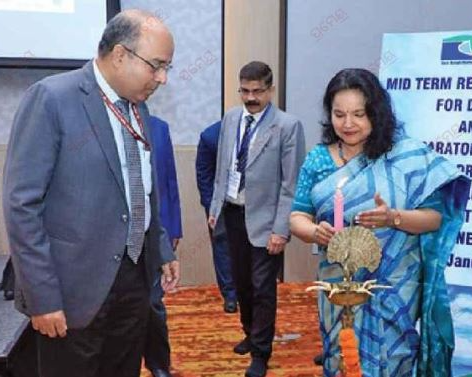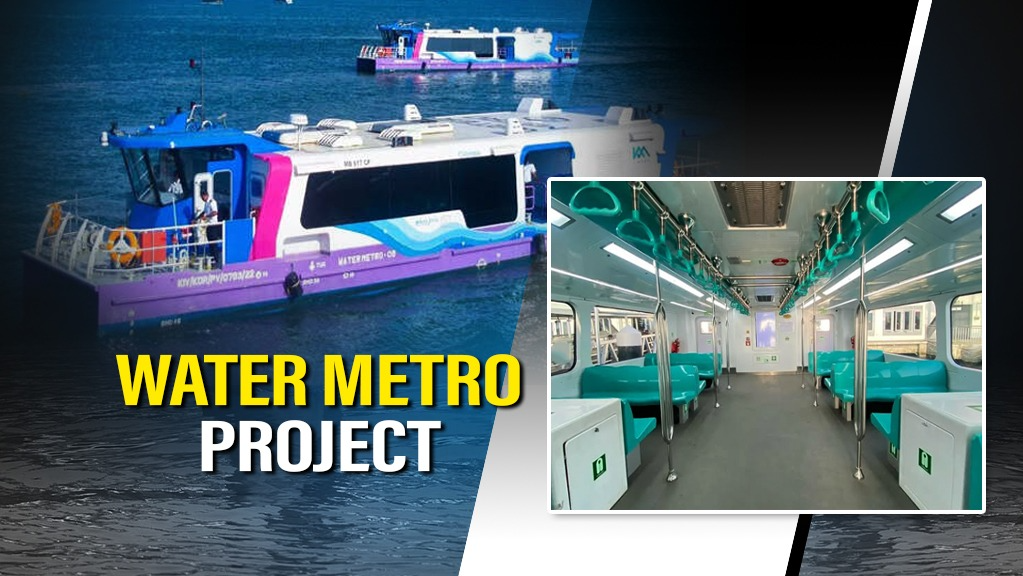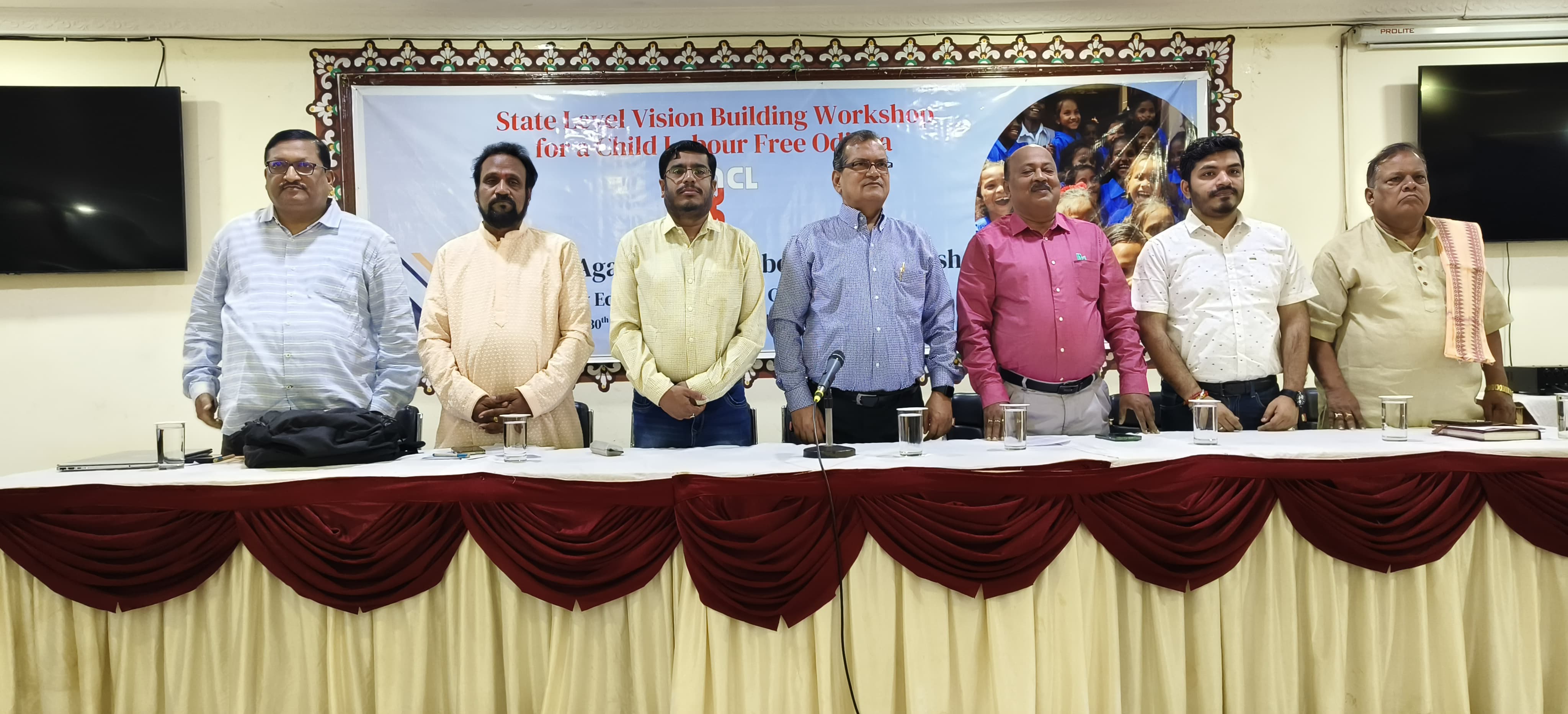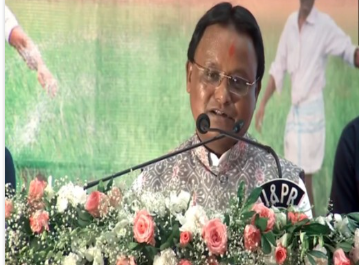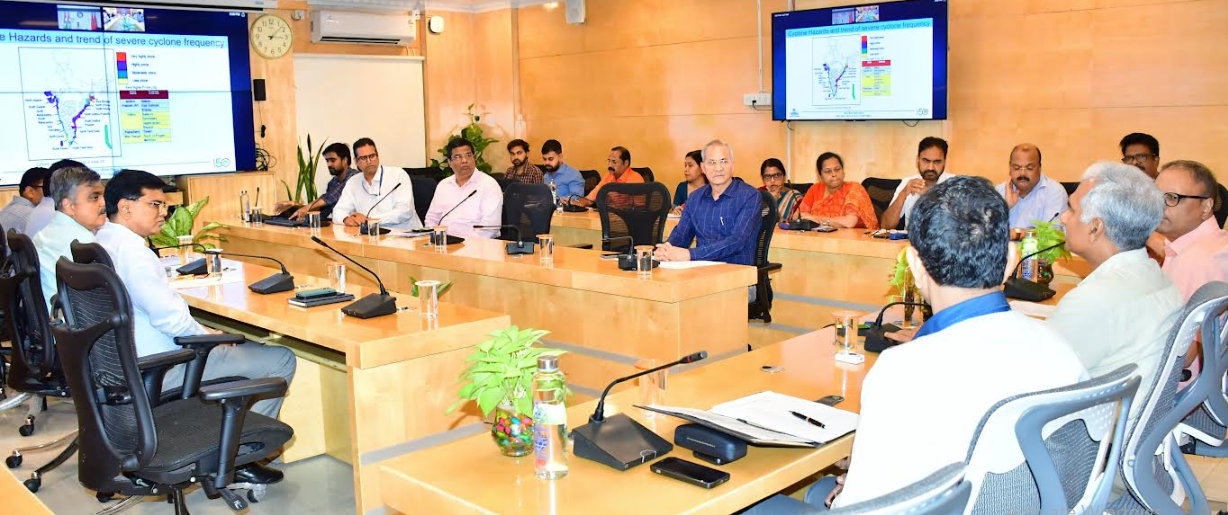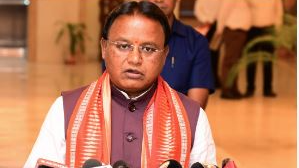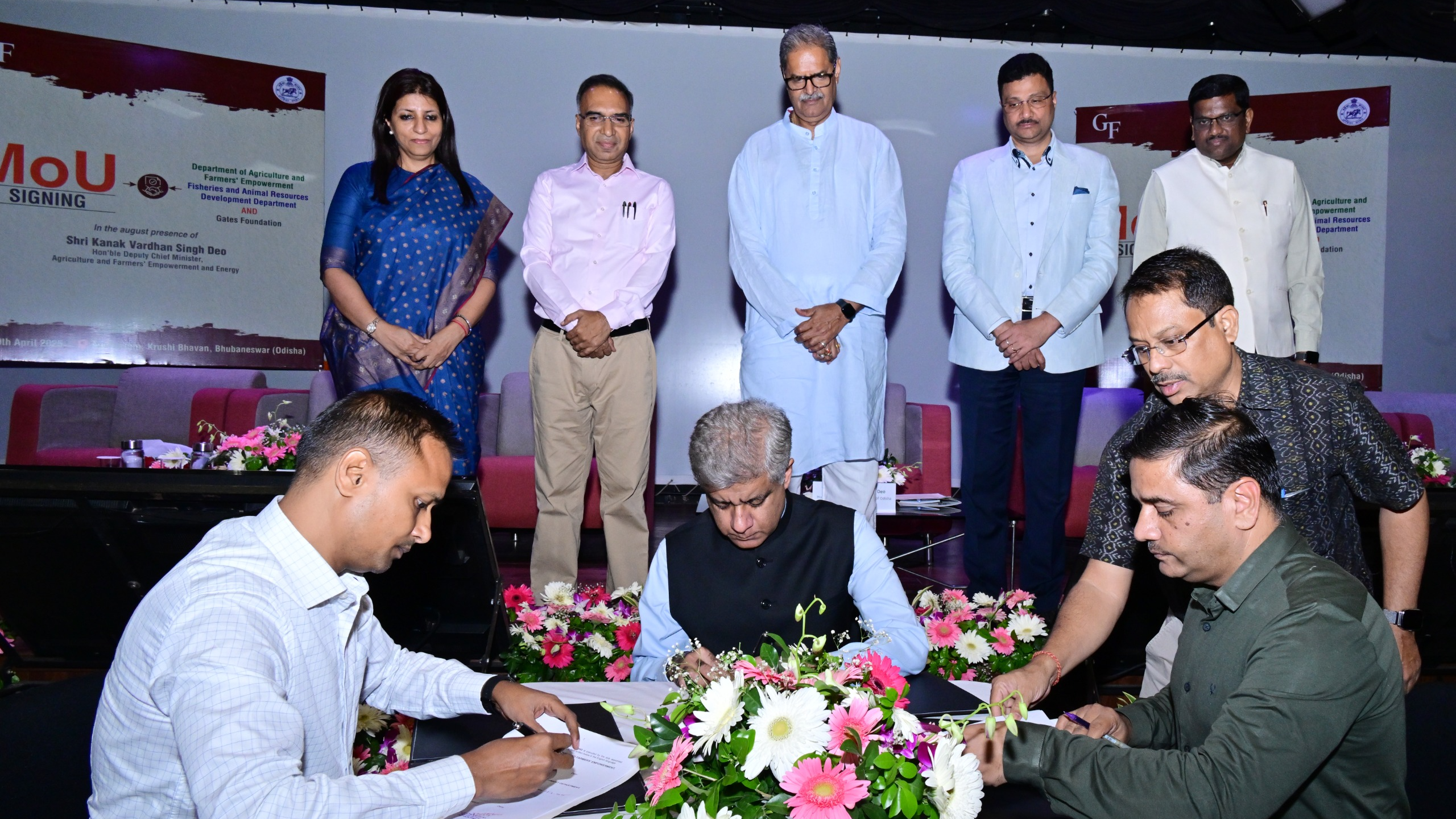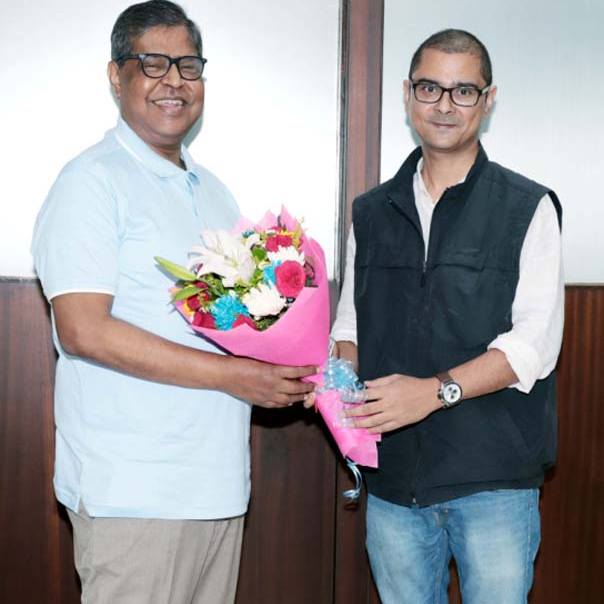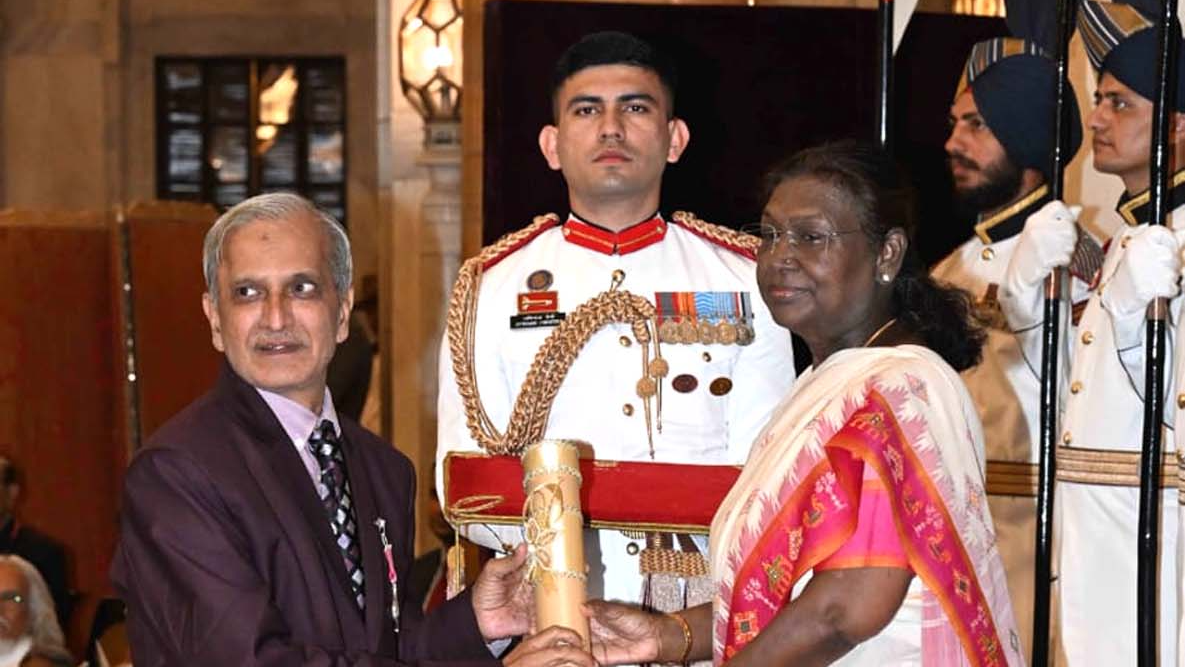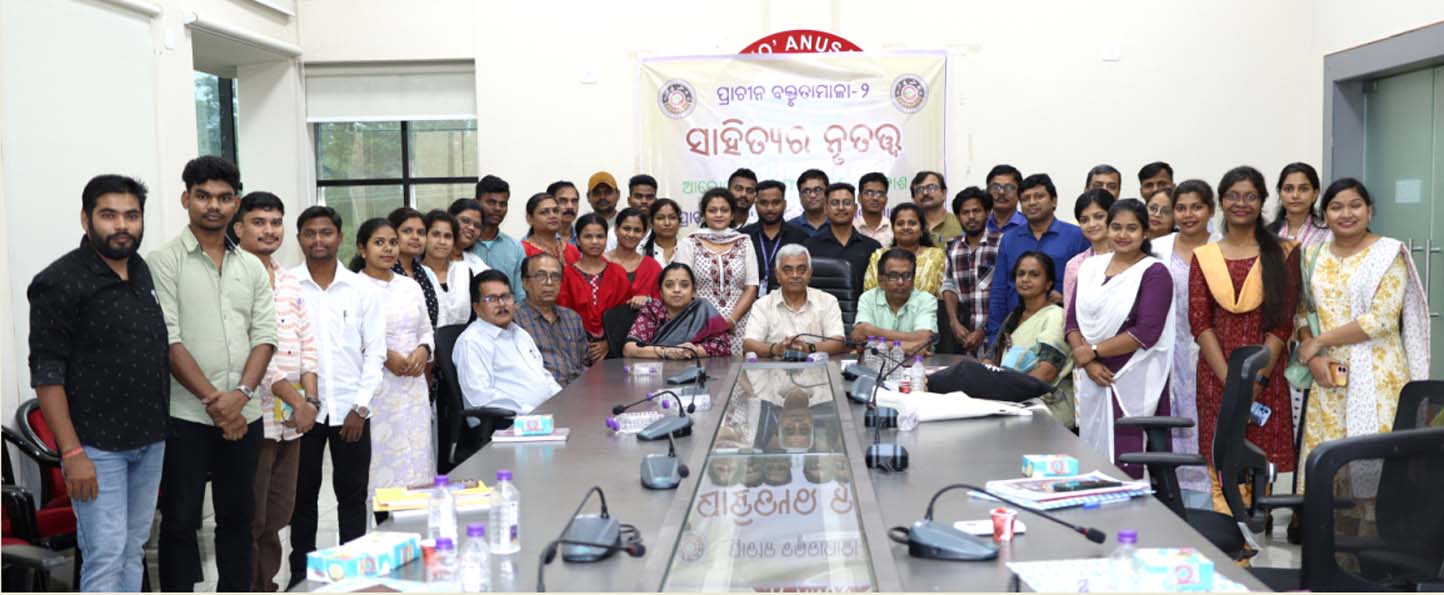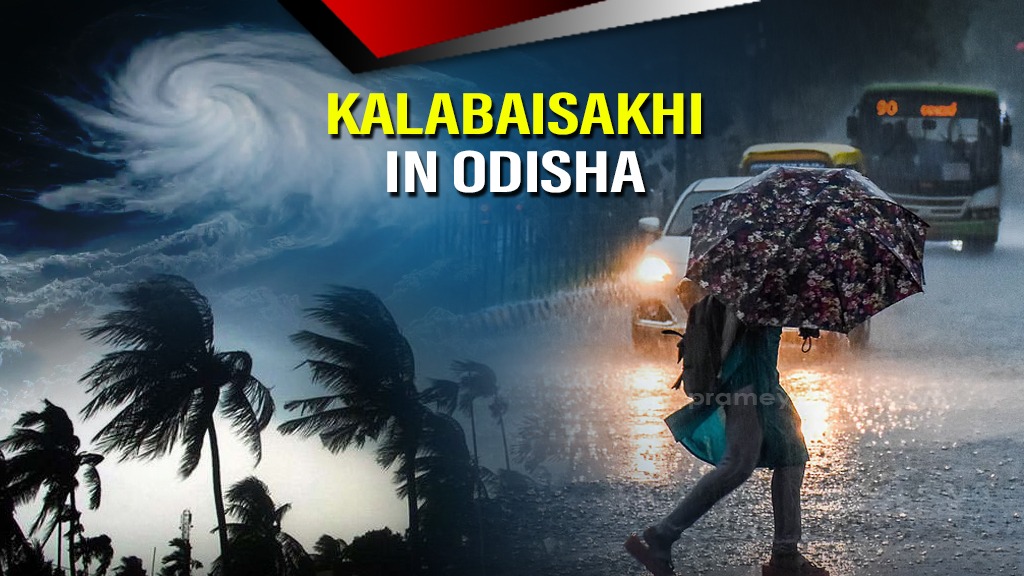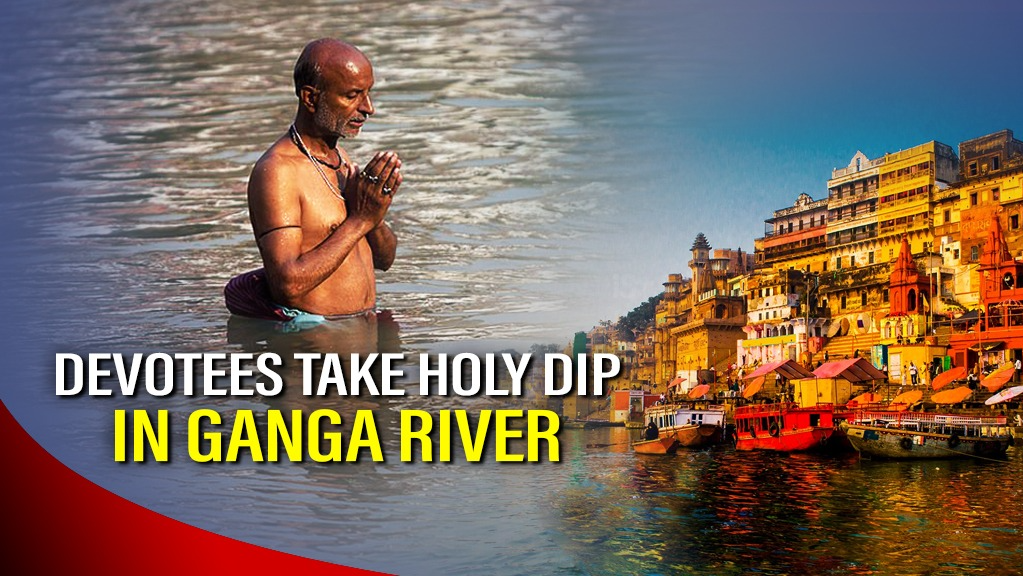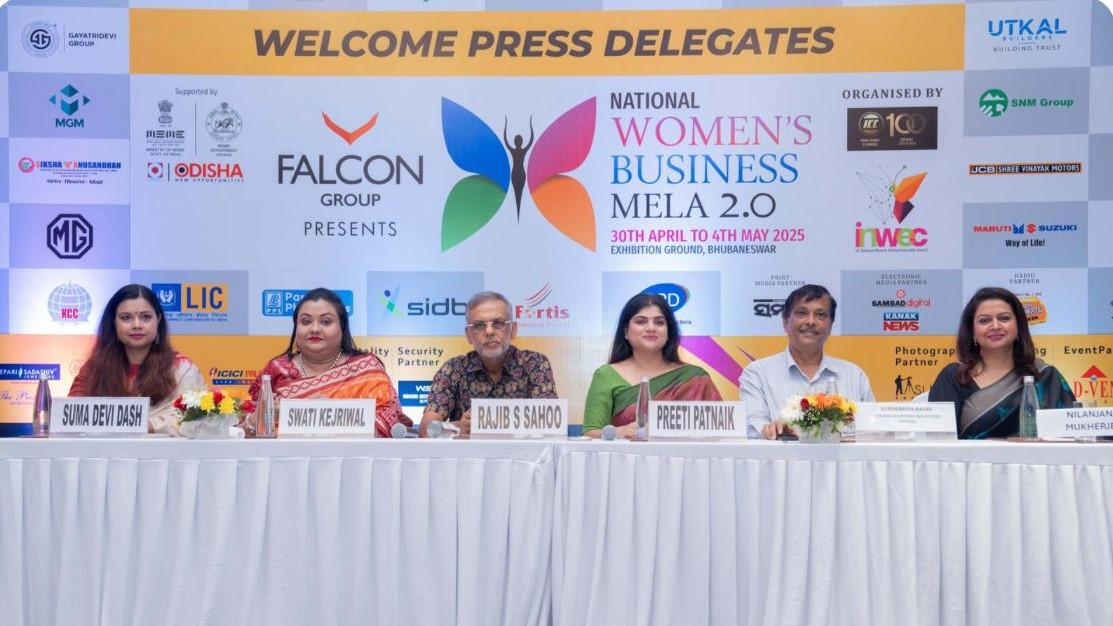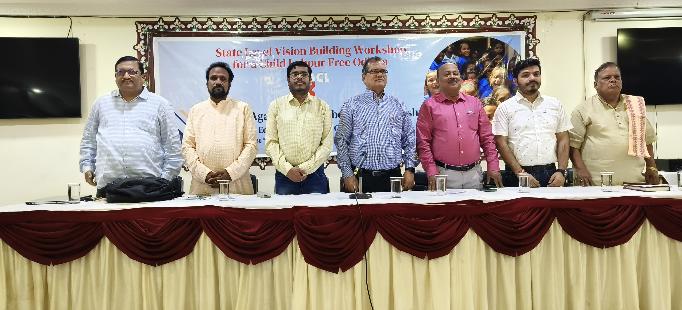Bhubaneswar, Jan 20: Odisha has more than 210 specified dams out of which 60 percent of the dams have crossed the age of 30 years for which we really need to focus on the dam health. In the recent past, there have been so many incidents which have forced the dam professionals to give more focus on the dam safety issues.
Development Commissioner of Odisha Anu Garg said this inaugurating the mid-term review session organised by the World Bank in Bhubaneswar on January 18 and 19 to take stock of the ongoing activities of Dam Rehabilitation and Improvement Project (DRIP).
Garg spoke on various aspects of dam safety activities in the state. She highlighted on the climate change and growing challenges on water security.
“Odisha is facing cyclone very often, sometimes even twice a year. So, necessary protocol may be maintained to safeguard the dams. In case of any eventualities, well documented Emergency Action Plan is in place to mitigate the life and property,” she said.
Garg appreciated the role of DRIP, which not only addresses structural changes but also brings about software changes like Emergency Action Plan, Operation & Maintenance Manual. “Odisha has full-fledged dam safety organisation with 40% women who play a key role in surveillance and maintenance of safety activities of dams. A separate State budget DPIW has been created to address the most distressed dams immediately,” she said.
Odisha has emerged as a role model for other states on dam safety, said experts at a review meeting on Friday.
The meeting saw active participation from key international and national entities including MoJS, CWC, World Bank, AIIB along with the 8 implementing agencies from West Bengal, Madhya Pradesh, Maharashtra, Manipur, Meghalaya, DVC, UJVNL and Odisha.








